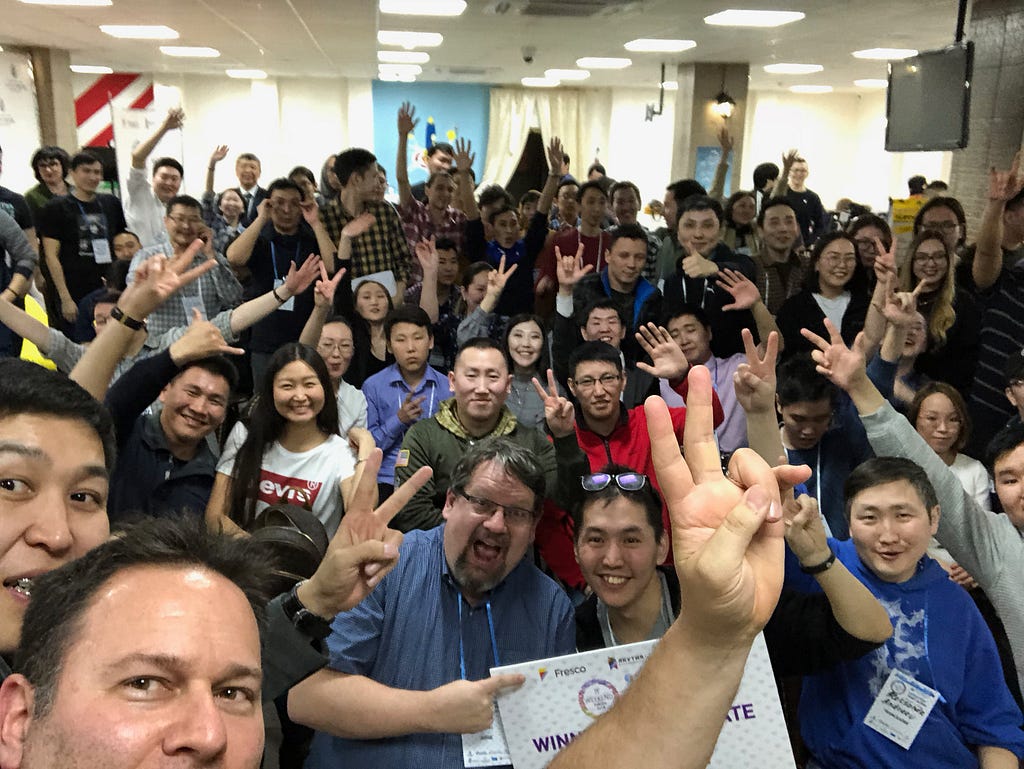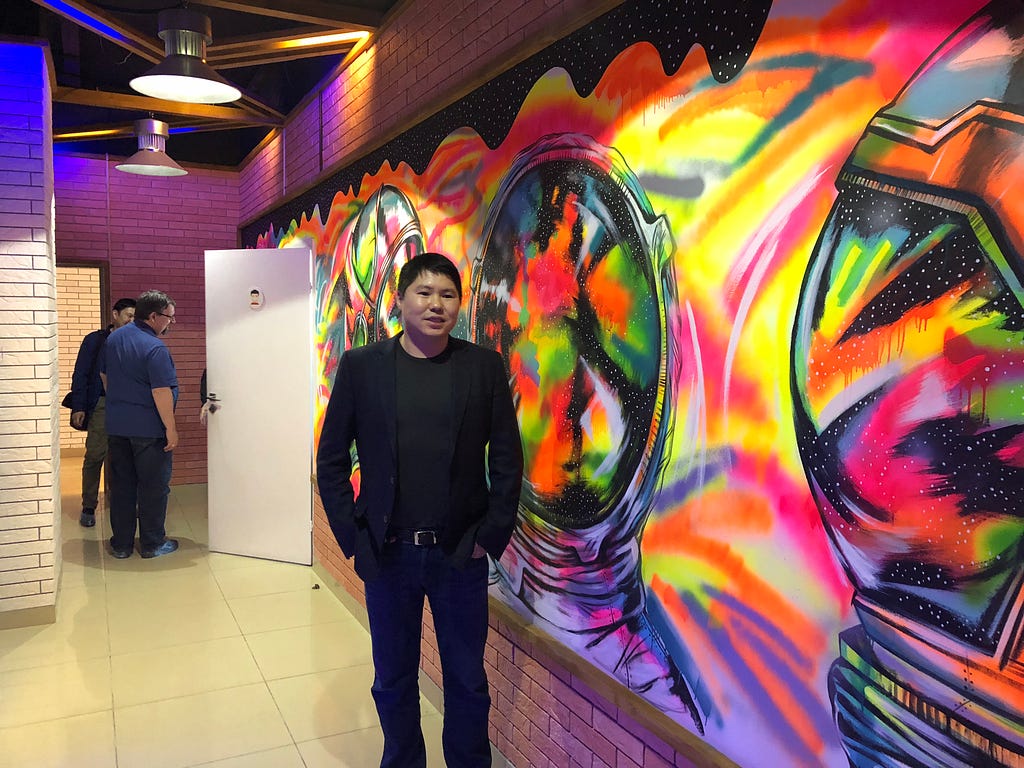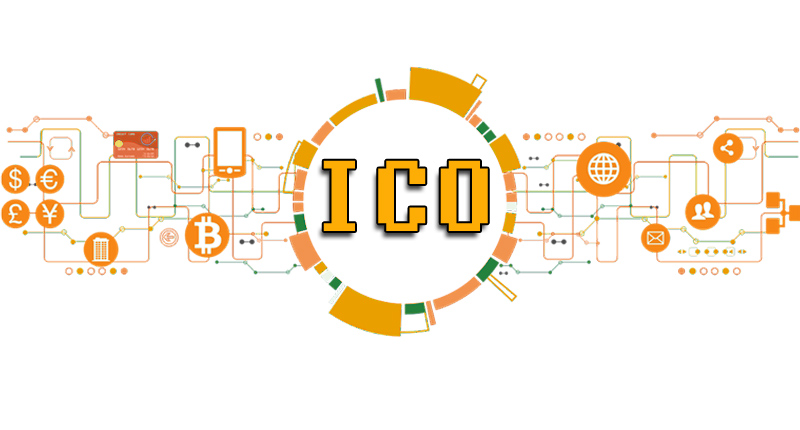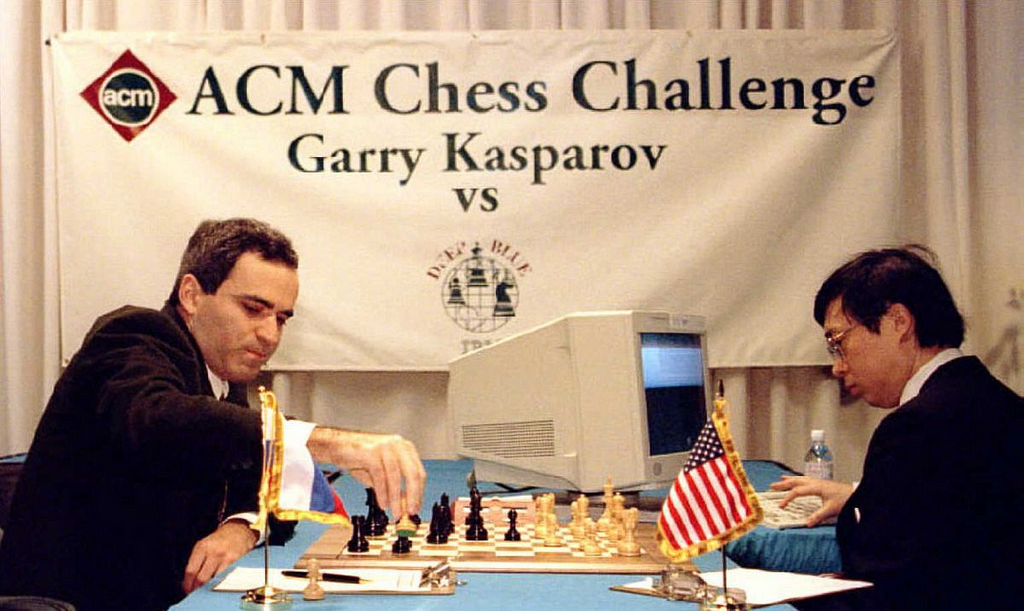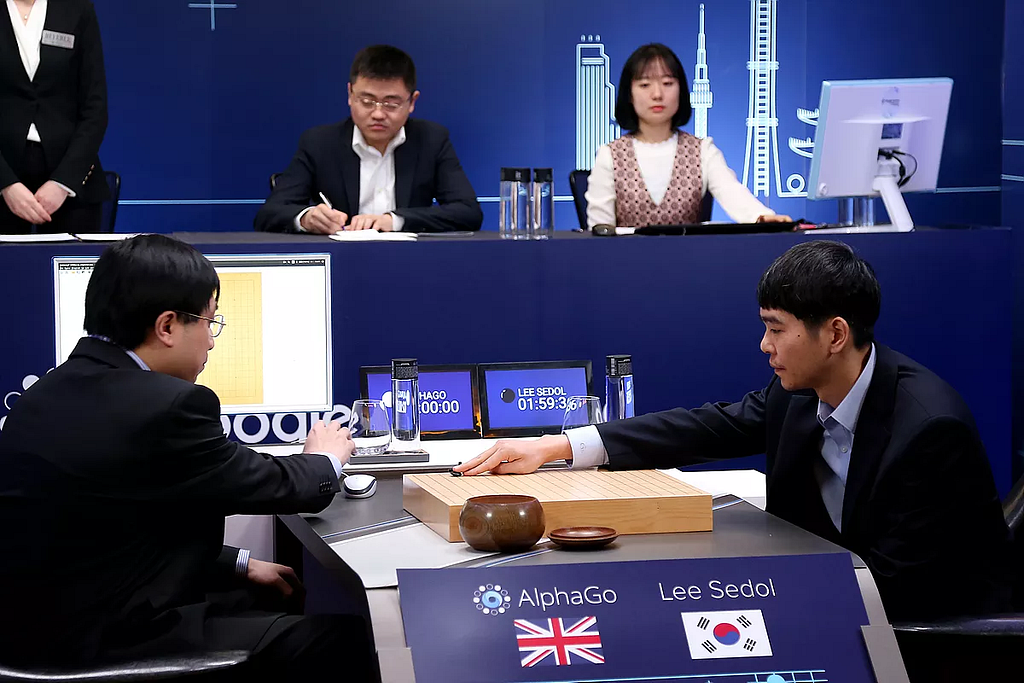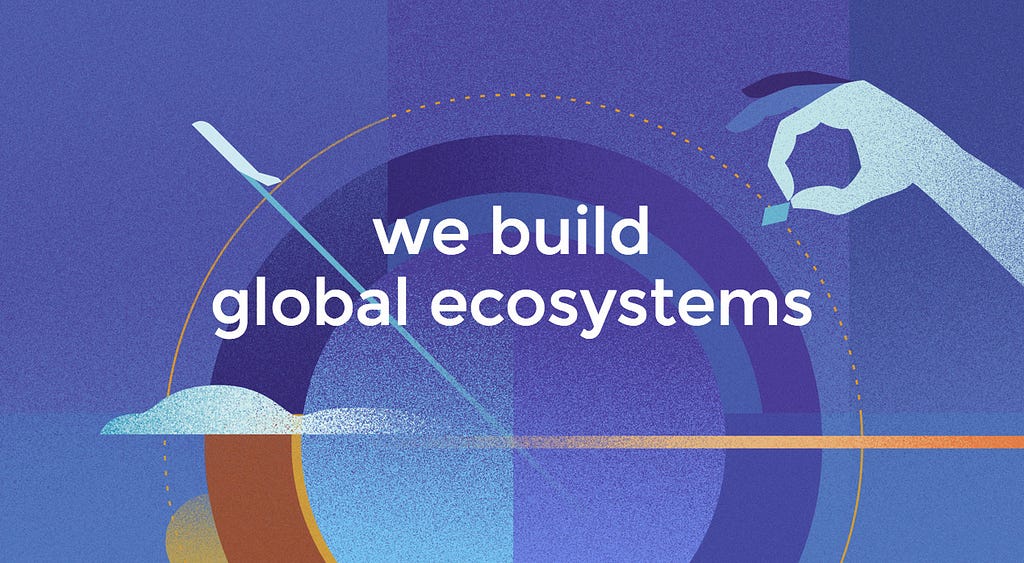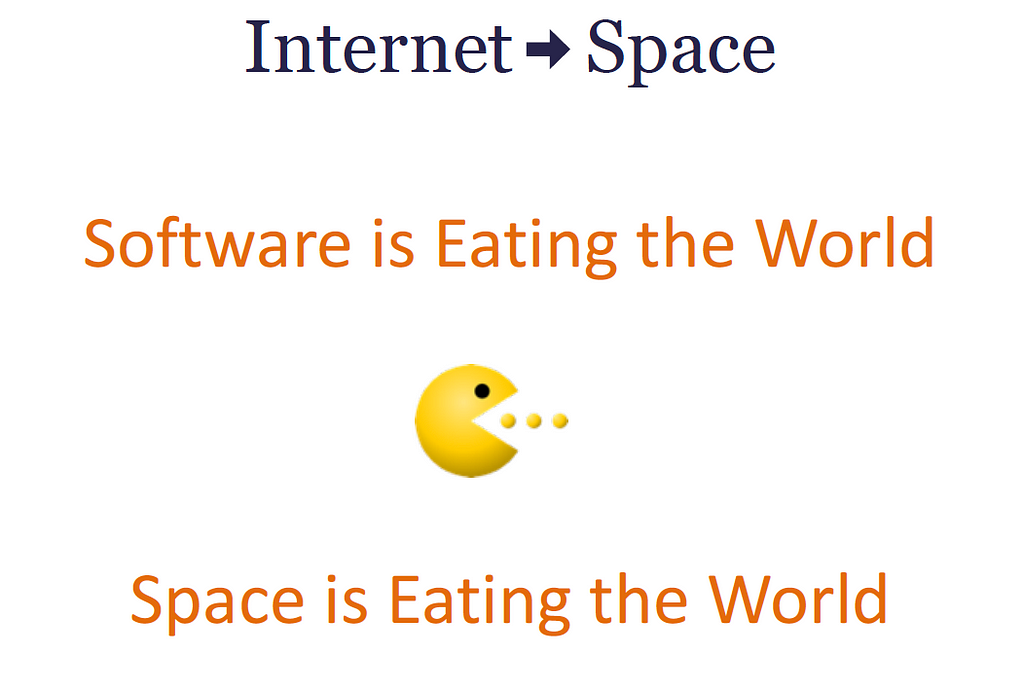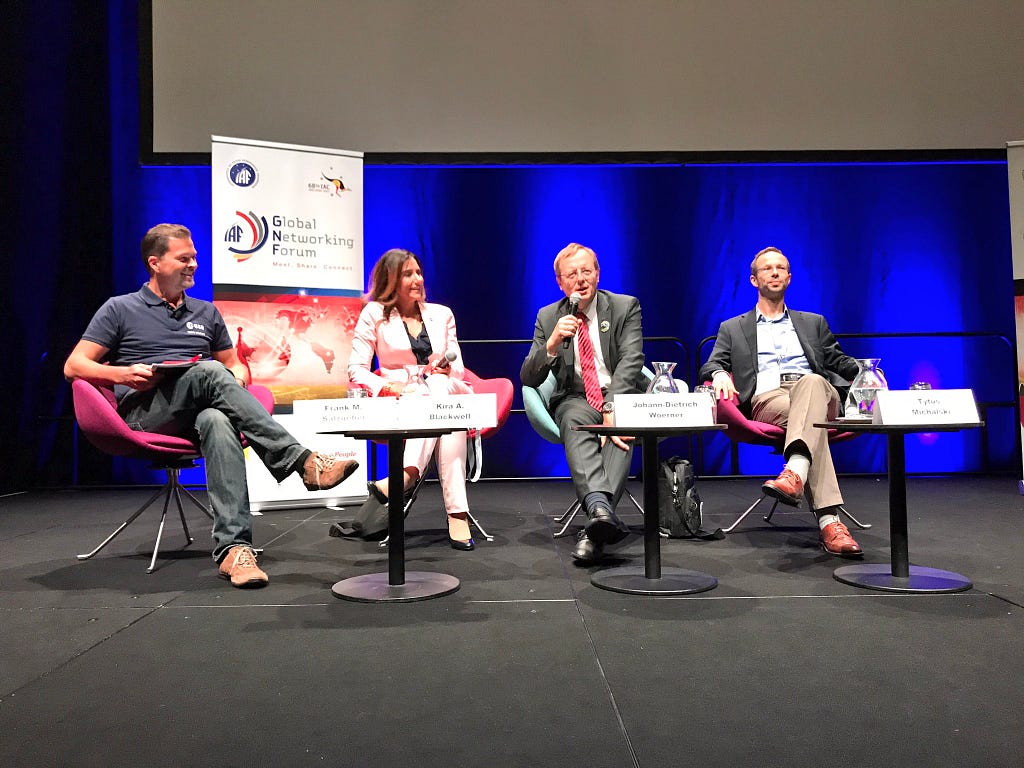Education is eating the world
Five years ago, when we first started talking about investing in and building a truly global edtech ecosystem, a lot of people thought we were crazy. Though I had brought General Assembly from New York to Asia, we had made several cross-border edtech investments from our first fund at Fresco Capital, and we helped those investments make their first international footprints, many potential investors insisted that education was an inherently localized problem. Edtech lacks scale, liquidity, and cross-border appeal, they insisted.
At the time, there was no argument the edtech ecosystem was in its early stages. But having spent time on the ground as operators, founders, and investors, we could see where it was going. So, we started evangelizing. We collected data points, distilled them into trends, published articles, outlined the key ingredients for a global edtech ecosystem, and spoke to hundreds of startup founders and corporate LPs about the value of an international strategy in edtech. We talked to anyone that would listen, and in the process, we launched two funds comprised of some of the most forward thinking corporate LPs interested in edtech and the future of work. Then, we built a portfolio of 60 companies from all around the world, and now have 7 successful exits from that portfolio.
In 2017, I outlined two major predictions for the following year, which were a pick up in cross-border M&A, and edtech going mainstream. Indeed, with three major exits announced these past few weeks — NetDragon buying Edmodo for US$137.5 million, Adecco buying General Assembly for $413 million, and finally Pluralsight filing for their IPO — this marks an exciting milestone for the evolution of an ecosystem we’ve so passionately played a role in building. So, I figured this would be a good time to pause, summarize what we’ve learned so far, and speculate on where we might be going next.
Here are 3 key lessons we’ve learned so far:
1. Investing early makes a big difference
I’ve talked to a lot of corporates and investors who believe that edtech is risky, so instead of investing in a portfolio of early stage companies, they’d rather make direct investments in later stage startups that have “proven” their business model. However, what recent exits have made clear is that the stage and the terms at which you invest make a big difference for your returns.
To quote one of the greatest hockey players of all time, Wayne Gretzky, “Skate to where the puck is going to be, not where it has been.”
Especially when it comes to edtech, the market is rapidly growing and also rapidly evolving. That means investing in the right team at the early stage pays off.
For example, General Assembly’s Series A post-money valuation was US$20 million. For us early stakeholders, a US$413 million exit is a huge win. However, later stage investors are facing much less impressive returns. Yes, investing early is risky and the total capital deployed is smaller, but the return profile is significantly better.
2. A cross-border strategy pays off
All three of these companies had international strategies that directly contributed to their growth as well as their exit profiles.
Pluralsight expanded aggressively internationally, beating competitors to the punch by localizing their offerings and selling courses in places like India. This helped diversify their revenue base, solidify a larger overall market size, and create a stickier brand. Surely this led to their options for liquidity and contributed to their recent S-1 filing.
Similarly, General Assembly expanded early on into London, Hong Kong, Singapore, and Sydney. Not only did this contribute to a strong, global brand that differentiated versus competitors, but also led to the development of strategic, international corporate relationships with customers and partners like Switzerland-based Adecco.
Edmodo had boots on the ground in Asia from very early on, and welcomed investors from Singapore and Japan into their later rounds of funding. NetDragon, based in China, ultimately acquired them, so there is little doubt that their presence in Asia had an impact on their ultimate exit.
3. Cross-sector partnerships are the most fruitful
Many edtech founders believe that their ideal partners are traditional education companies. Similarly, many traditional education companies are only looking to invest in and partner with startups in edtech. We have always been of the view that creativity is a key ingredient for scale, and the isolation of the edtech sector will only hinder its growth.
Indeed, through our experience as entrepreneurs, operators, and VCs, it is clear that the most productive partnerships are cross-industry. If you work with a partner not in the traditional education business, you are creating new possibilities for both of you. This means you are not competing for the same customer base, but instead opening up new customer segments for both parties. Consequently you are more like to have an open, collaborative partnership. It also means the multiples on your acquisition are likely going to be higher, as they represent completely new revenue streams and business lines for your new partner.
NetDragon is a China-based gaming company, and though Edmodo’s ultimate acquisition price may seem low compared to their later rounds of funding, the multiple on their revenue base is remarkable. Similarly for General Assembly, Adecco is a Switzerland-based HR/staffing firm, and not a traditional education business. At first glance, these aren’t the most logical partnerships, but they certainly have proven to be rewarding.
So, now that edtech is going cross-border, and cross-sector, you might be asking yourself… what’s next? Here’s what I think.
Here’s why education is eating the world
In 2011, Marc Andreessen made a splash by declaring that “software is eating the world.” In 2018, as a direct result of that assertion, education is eating the world. Back in the early days of the internet, and even when Marc first published his post, technology companies were considered to be a separate sector. This was largely due to the fact that barriers to integrating technology into your core business were high. However, as technology became cheaper and more advanced, billions of people came online via their mobile phones, demand for online services exploded, and software made its way into every business model. Today, no matter what your core product is — healthcare, financial, utilities, energy — there is a technology component. Every company, in some form, is a technology company.
Similar to the evolution of the technology sector, there will be a day in the near future when education is no longer a separate sector, but instead a layer that sits on top of every type of business. You see, every company is a technology company, and therefore every business is becoming a technology business. As a direct result, every job is a technology job. Technology is evolving at an exponential rate. Jobs and businesses have not only been transformed, but they are continuing to change at a rate faster than ever before. This requires companies to create a process for constant adaptation in order to remain competitive, productive, and profitable. (And this is precisely why Adecco, an HR/staffing firm, sees value in acquiring a business like General Assembly.) Every company must, in some form, become an education company.
At an individual level, since jobs are evolving so quickly, regular retraining is necessary. As a result, education can no longer remain a distinct portion of our early years. Instead, it must be integrated across all aspects of our lives and over the course of an entire lifetime. Day in and day out, we must constantly be learning if we are to remain competitive and productive members of society. Hell, given the recent scandals with cybersecurity and data privacy, we have to constantly be learning if we want to simply avoid being manipulated or hacked.
Given our education system has been largely unchanged for hundreds of years, the decentralization and globalization of education is a significant cultural shift that will take time to play out. I still meet people who assume “education” means K-12. However, there are early signs that this perception is changing. We’re already seeing cracks in the demand for tertiary degrees, increasing acceptance of vocational training programs, and a more informed, globally mobile student base. Instead of continuing to question whether or not edtech is a sizable opportunity, let’s seek to understand how technology is transforming businesses, jobs, and individuals’ lives worldwide, and what that means for how we will all need to adapt to that reality.
That’s what edtech is really about, and that’s why at Fresco, we’re putting our money toward investing in technology not just for education, but also the future of work, and healthcare. If we embrace a constant state of learning, then we will not only be able to keep up with how technology is inevitably disrupting every aspect of our lives, but we can also empower the next generation of innovative solutions to the world’s biggest problems.
Education is eating the world was originally published in Fusion by Fresco Capital on Medium, where people are continuing the conversation by highlighting and responding to this story.

